garbage can compost size
msstatecoletrain
9 years ago
Related Stories

GARDENING GUIDESGet on a Composting Kick (Hello, Free Fertilizer!)
Quit shelling out for pricey substitutes that aren’t even as good. Here’s how to give your soil the best while lightening your trash load
Full Story
HOUSEKEEPINGHow to Fix a Stinky Garbage Disposal
No plumber’s fee or even a trip to the hardware store is required with these easy solutions
Full Story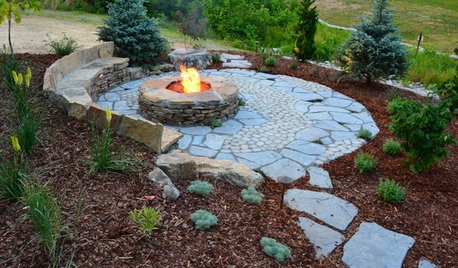
HOLIDAYS10 Ways Your Christmas Tree Can Live On After the Holidays
Learn how to recycle your Christmas tree and reap benefits for the environment
Full Story
GARDENING GUIDES10 Tips to Start a Garden — Can-Do Ideas for Beginners
Green up your landscape even if you're short on time, money and knowledge, with these manageable steps for first-time gardeners
Full Story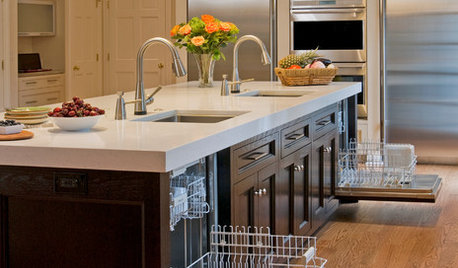
HOUSEKEEPING10 Chores You Can Whip Through During Commercials
Use ad time for getting tasks done, and it’s like fast-forwarding your house into cleanliness
Full Story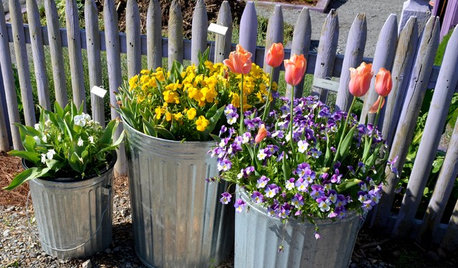
EDIBLE GARDENSSee How a Practical Garden Can Be a Visual Treat, Too
A university edible garden overflows with ideas for growing produce and flowers in containers, beds — or a pickup truck
Full Story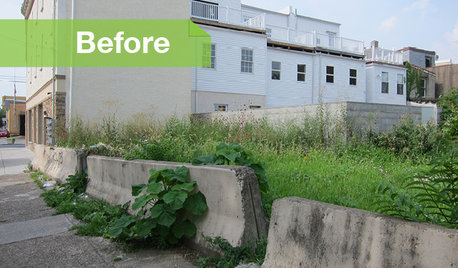
URBAN GARDENSGarbage to Garden: A Vacant Philly Lot Gets Some Green-Thumb Love
Transformed by an artist, this once-derelict urban property is now a tranquil garden with living walls
Full Story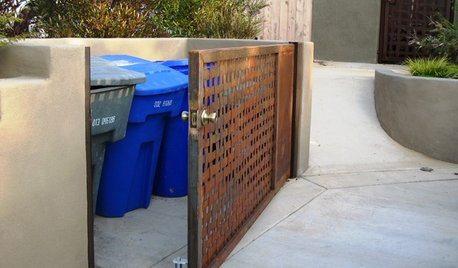
GARDENING AND LANDSCAPINGLet's Talk Trash Bins
No one gazes fondly on garbage cans. Keep your street cred intact and your bins under wraps with these camouflage solutions
Full Story
GARDENING GUIDES5 Prairie Wildflowers That Can Heal Your Soil
Get free, organic soil fertilizer with nitrogen-pumping plants that draw pollinators too
Full Story
HOUSEKEEPINGCan-Do Cleaning Strategies for Busy People
While you dream of having a maid (to go with the cook and chauffer), this simplified cleaning routine can keep your real-world home tidy
Full Story





Lloyd
toxcrusadr
Related Professionals
Derry Landscape Architects & Landscape Designers · Ballenger Creek Landscape Architects & Landscape Designers · Fort Lee Landscape Architects & Landscape Designers · River Forest Landscape Architects & Landscape Designers · South Elgin Landscape Architects & Landscape Designers · Arlington Landscape Contractors · Bethel Park Landscape Contractors · Canby Landscape Contractors · Crystal Landscape Contractors · Hicksville Landscape Contractors · Streamwood Landscape Contractors · Irvington Landscape Contractors · East Norriton Landscape Contractors · La Palma Decks, Patios & Outdoor Enclosures · Mastic Decks, Patios & Outdoor Enclosuresdavids10 z7a nv.
davids10 z7a nv.
renais1
Kimmsr
davids10 z7a nv.
morpheuspa (6B/7A, E. PA)
nil13
msstatecoletrainOriginal Author
nancyjane_gardener
renais1
renais1
toxcrusadr
Kimmsr